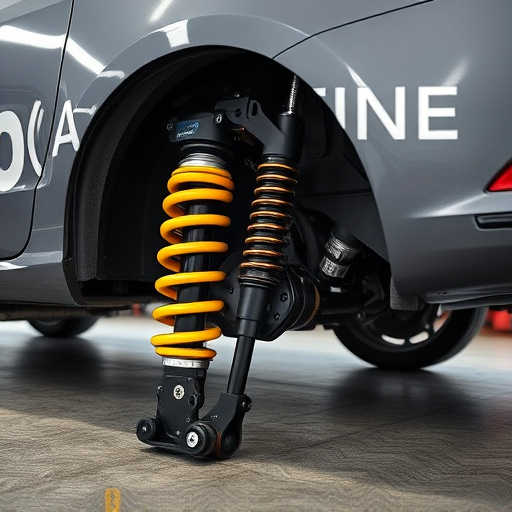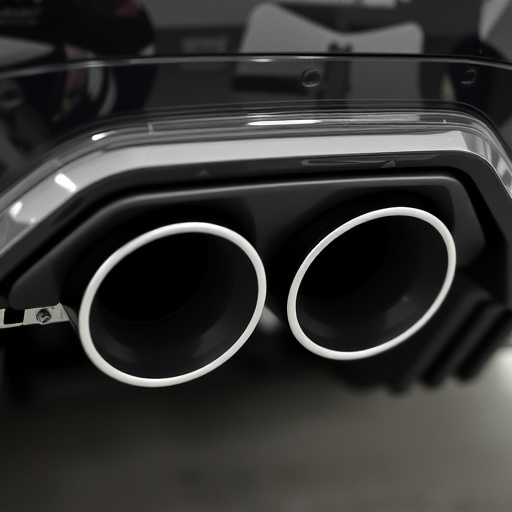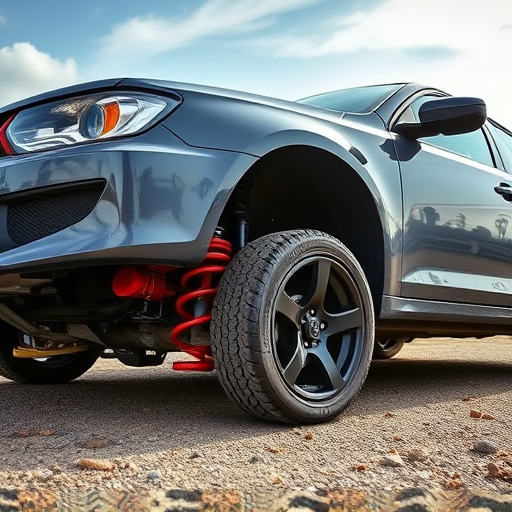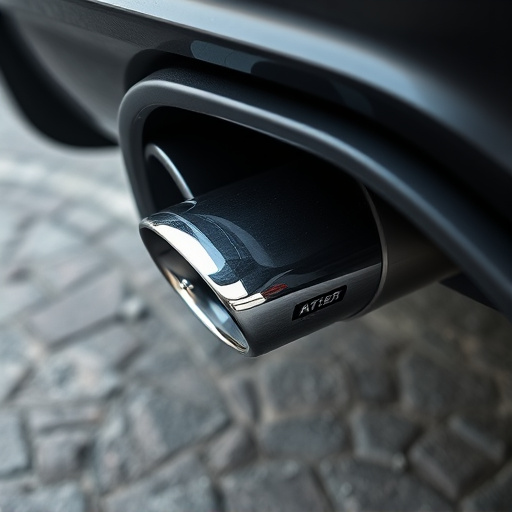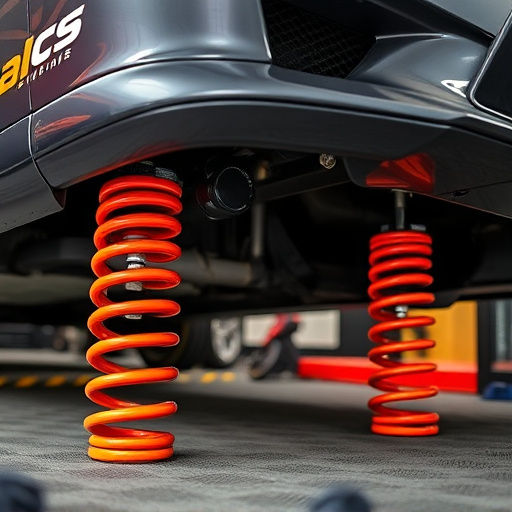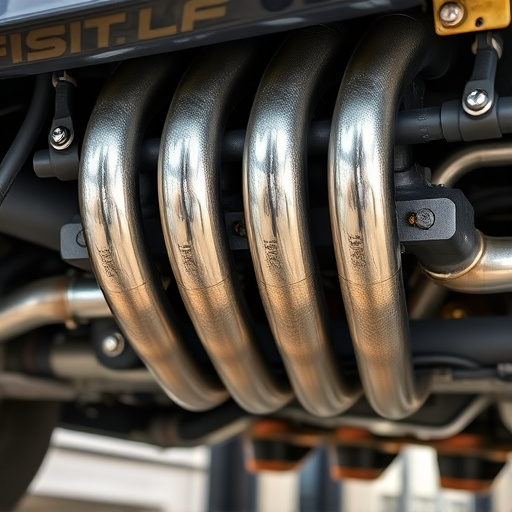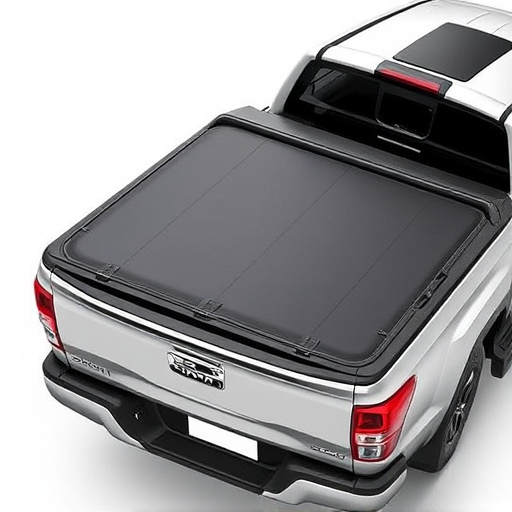Choosing between dry and oil-free cold air intake (CAI) filters depends on vehicle performance needs. Oil-free filters, using synthetic media, offer high-performance upgrades with optimal airflow but are more expensive, require maintenance, and suitable for powerful engines. Dry filters, using materials like paper or cotton, provide straightforward installation, cost savings, superior particulate capture in adverse conditions, but less powerful and susceptible to moisture buildup. For consistent, worry-free operation and enhanced engine performance, oil-free CAI filters are ideal.
Choosing between dry and oil-free cold air intake (CAI) filters is crucial for optimizing your vehicle’s performance. This article guides you through understanding the fundamentals of each type, exploring their unique advantages and disadvantages, and highlighting key factors to consider in making an informed decision. Whether prioritizing efficiency, durability, or ease of maintenance, knowing the specifics of CAI filters will empower you to select the best fit for your needs, enhancing both engine performance and overall driving experience.
- Understanding Dry and Oil-Free Cold Air Intake Filters
- Advantages and Disadvantages of Each Type
- Factors to Consider When Making Your Choice
Understanding Dry and Oil-Free Cold Air Intake Filters
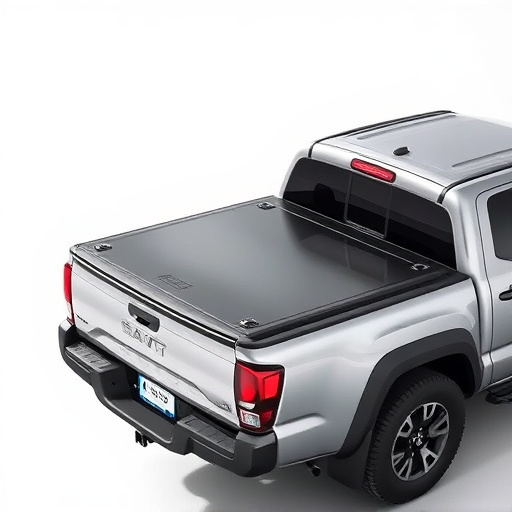
Cold air intake filters are a critical component for any vehicle looking to boost its performance. Understanding the difference between dry and oil-free variants is essential when making an informed decision. Dry filters, as the name suggests, use a medium like paper or cotton to trap contaminants, offering a simple yet effective filtration system. This type of filter is known for its ease of installation and cost-effectiveness, making it a popular choice among car enthusiasts looking for straightforward muffler tips upgrades.
On the other hand, oil-free cold air intake filters take a more advanced approach. They employ synthetic media that doesn’t require oil to capture particles, ensuring optimal airflow. This design not only enhances vehicle performance but also reduces maintenance as you won’t need to replace or top up oil regularly. Unlike traditional suspension kits, these filters are designed for hassle-free upkeep, making them ideal for those seeking high-performance upgrades without complex installations.
Advantages and Disadvantages of Each Type
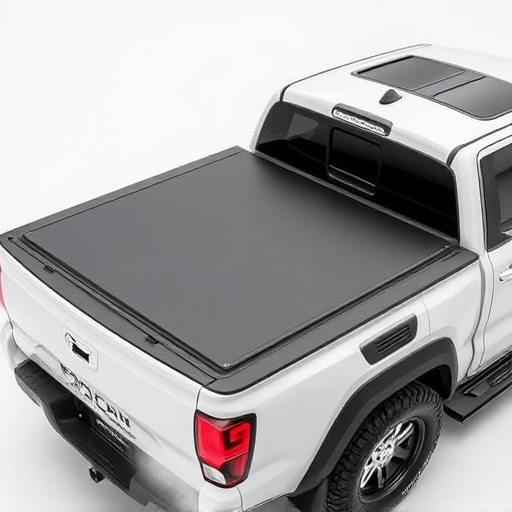
When choosing between dry and oil-free cold air intake (CAI) filters, understanding their advantages and disadvantages is key to enhancing your vehicle’s performance. Cold air intakes are a popular modification aimed at improving engine efficiency and power output by providing a cooler and denser air supply to the engine.
Dry filters allow unfiltered air to enter the engine, trapping smaller particles like dust and debris while still maintaining a consistent airflow. They offer long-lasting performance and easy maintenance as they don’t require frequent cleaning or replacement. However, dry filters can accumulate moisture over time, potentially leading to clogs and reduced airflow if not monitored. On the other hand, oil-free CAI filters use a media that captures contaminants while allowing air to flow freely, eliminating the risk of moisture buildup. This design ensures optimal airflow and efficient engine operation. While they might require more frequent replacement than dry filters, oil-free options are ideal for those seeking consistent performance without the worry of water-related issues, enhancing overall performance brakes and exhaust tips efficiency.
Factors to Consider When Making Your Choice
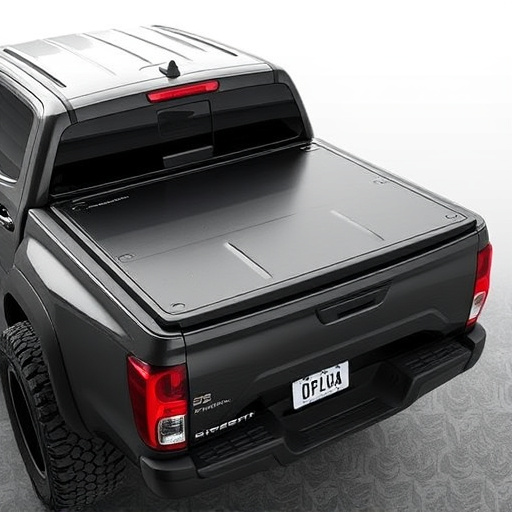
When deciding between a dry and oil-free cold air intake (CAI) filter, there are several key factors to contemplate. Firstly, consider your vehicle’s performance needs. If you’re looking to boost horsepower and torque, especially in high-performance parts like sports cars or race vehicles, an oil-free filter might be the better choice as it allows for greater airflow, enhancing engine performance. These filters are also less likely to restrict air flow due to their minimal design, making them a popular option among enthusiasts seeking optimal performance brakes.
On the other hand, dry filters have their advantages. They’re generally more affordable and require less maintenance, as they don’t need regular oil changes or cleaning. This makes them convenient for daily drivers who prioritize reliability over extreme performance. Additionally, dry filters can be beneficial in environments with high dust or moisture levels, as they capture particulate matter effectively without clogging as quickly as their oil-free counterparts.
When choosing between dry and oil-free cold air intake filters, consider your vehicle’s specific needs and driving conditions. Both types offer performance benefits, but oil-free filters excel in maintaining efficiency over time, while dry filters are often more affordable and easy to maintain. Key factors like climate, driving style, and budget will guide your decision. Ensure you select a high-quality filter from reputable manufacturers for optimal engine health and fuel economy.







